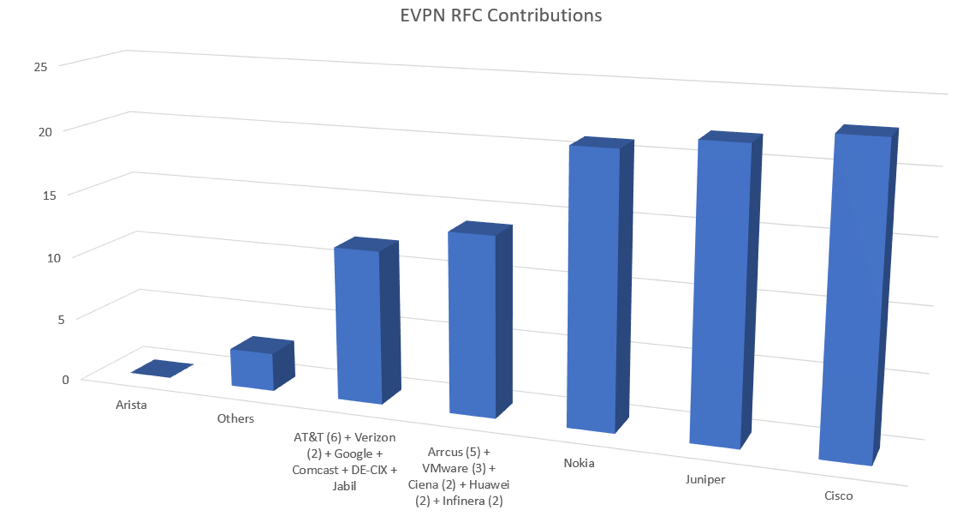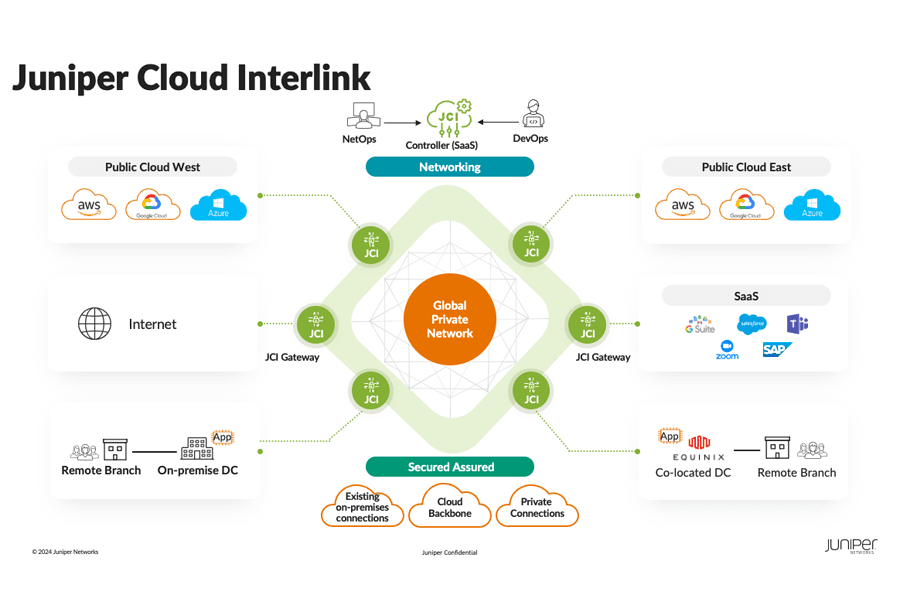When the future is certain to be multivendor, how do we collectively go about making technology work?
It’s a pretty basic question, but gets to the point on how technology is developed and propagated throughout the industry. It’s not enough to be innovative, developers must do so in a way that facilitates mass adoption by not only customers, but competitors, too.
Community
The notion of community is straightforward: a unified body of individuals who share a common interest or goal. On the surface, the very nature of business competition seems to run counter to this notion of community. Anyone creating a product or a service naturally wants the target market to develop an affinity or preference for their particular offering. As long as there are multiple suppliers, various communities will emerge – each supporting a different solution. One community splits to many.
There is nothing wrong with this scenario as competition generally benefits the customer.
Except when it doesn’t.
Interoperability
When technology solves a particularly difficult problem, it really doesn’t matter how competing offerings interact. Merely solving the problem – no matter how unique the solution – is enough to satisfy the market and hopefully win share.
Alternatively, when a segment becomes so stable that all solutions begin to look the same, a similar dynamic emerges. The building blocks become a commodity and interoperability follows (at a macro level anyway; in networking there are many issues that occupy the grey middle ground of standards, of course).
But what happens when a technology’s reach cannot be contained and the problem space requires change? At these moments, interoperability isn’t guaranteed. What’s worse is that the natural competitive nature of building products creates a disincentive to collaborate.
Company or Industry?
This scenario actually runs counter to what industries such as IT require. The days of single-vendor deployments should be a thing of the past. Whether it’s the risks inherent in staking the future of your network on a single vendor or the lack of procurement leverage in the absence of other solutions, no enterprise would intentionally choose a locked-in path.
The natural conclusion is that technology needs to move forward in a way that can be proliferated across multiple vendors. The very thing vendors want – differentiation – is at odds with what users need.
So whose interests come first?
The answer varies wildly depending on the supplier. Some have literally built up entire industries developing technology and then contributing back to the communities they serve either through standards body work or open-source projects. This fundamentally puts the needs of the many ahead of the wants of the few.
Others simply don’t contribute. They cannot or will not take a leadership position. This strategy can be quite effective if the building blocks are already well known. But it comes at the expense of the very users the company is trying to court.
EVPN, Standards and Moving Forward
That brings us to today.
Data center architectures have been in flux for the past several years. The industry is in the midst of a transition; in a bid to simplify data center operations, EVPN-VXLAN has emerged as the go-to standard. Given its central role in the evolution of enterprise networking, it is critical that EVPN be both capable and ubiquitous. This is why some of the industry’s brightest have come together to work through standards bodies to help define EVPN as it forges its way forward.

Networking vendors included are leading data center switching vendors as Juniper estimates based on Dell’Oro Group 4Q18 Ethernet Data Center report
Juniper Networks has always been a strong advocate for opening up key technologies. We have played central roles in virtually every major networking protocol over the past 20 years and it’s no different with EVPN.
Juniper’s participation is a reflection of both our ability and our contribution. It’s impossible to lead without knowing how to move forward. A leader without followers is no leader. Juniper has both contributed and attracted others to EVPN which demonstrates leadership in the space.
As enterprises look to first learn and then deploy EVPN, they are going to need leaders. Today, Juniper has kicked off a series of content designed not to sell but rather to illuminate. With Juniper’s GetSmart series on SDxCentral, we will look at why EVPN matters, providing an industry view of what EVPN can do as the de facto architectural foundation for the modern data center. Empower leadership, learn the benefits of EVPN-VXLAN or download Juniper’s eBook on EVPN-VXLAN.


